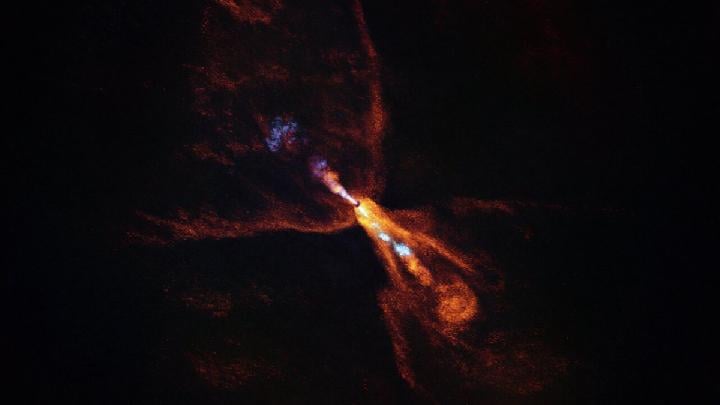
TEMPO.CO, Jakarta - For the first time, astronomers have successfully observed the earliest stages of planet formation around a star outside our solar system. Using the James Webb Space Telescope (JWST) and the Atacama Large Millimeter/submillimeter Array (ALMA), they discovered evidence of the initial processes of planet formation from solid matter.
The research identified early, hot mineral grains beginning to condense around HOPS-315, a baby star approximately 1,300 light-years from Earth, considered an analog to a young sun.
"For the first time, we have identified the earliest moment when planet formation is initiated around a star other than our Sun," said Melissa McClure, a professor at the Leiden Observatory, Leiden University, the Netherlands, and lead author of the research published in the journal Nature.
Her remarks were quoted from a press release on the European Southern Observatory (ESO) website on July 16, 2025.
Edwin Bergin from the University of Michigan, United States, explained that HOPS-315 is enveloped by a protoplanetary disk, which is a disk of gas and dust where planets are born. Within this disk, the team detected the presence of silicon monoxide (SiO) in both gaseous and crystalline mineral forms, indicating that the process of solid material formation is underway.
"This process has never been seen before in a protoplanetary disc — or anywhere outside our Solar System," added Bergin, an astronomy professor and a member of the research team.
These minerals were initially identified using the James Webb Space Telescope, a joint project of the United States, European, and Canadian space agencies. To further confirm the origin of these mineral signals, the team then studied HOPS-315 with ALMA. This telescope, located in Chile's Atacama Desert, is operated by ESO in collaboration with its international partners.
The observations revealed that the signals originated from a small area within the star's disk, equivalent to the orbit of the asteroid belt around our Sun.
"We're really seeing these minerals at the same location in this extrasolar system as where we see them in asteroids in the Solar System," said Logan Francis, a postdoctoral researcher at Leiden Observatory.
This discovery positions HOPS-315's disk as a valuable analog for studying cosmic history. The system is also expected to offer astronomers new opportunities to investigate the early formation of planets in newly created solar systems across the galaxy.
Elizabeth Humphreys, an ESO astronomer and ALMA European Program Manager not involved in the study, praised the findings, expressing great admiration and noting that HOPS-315 could enhance our understanding of how solar systems form.
"This result highlights the combined strength of JWST and ALMA for exploring protoplanetary discs," she concluded.
Editor's Choice: US Company to Resurrect Moa 'Dino-Bird' Within 10 Years
Click here to get the latest news updates from Tempo on Google News
Latest NASA Study Finds Venus Likely Still Geologically Active After Decades
53 hari lalu

The surface of Venus is still being shaped by activities from within the planet, more than 30 years after NASA's Magellan spacecraft mapped its surface.
NASA Discovers Planet-Sized Diamond Five Times Larger Than Earth
11 April 2025

PSR J1719-1438b becomes one of the most striking discoveries in NASA's recent space exploration.
Get Ready to See the Planetary Parade Phenomenon in Early 2025, Visible with the Naked Eye
31 Desember 2024

The planet parade phenomenon will occur again in early 2025.
Astronomers Succeed in Taking First Photo of Star Outside Milky Way Galaxy
25 November 2024

For the first time, international astronomers have successfully captured a close-up image of a star outside the Milky Way galaxy.
What Next as the Planet Gets Hotter
22 Juli 2023

The World Meteorological Organization says it is likely the planet will break the 1.5 degrees barrier sometime in the next five years.
5 Planets Align in Rare Astronomical Event, Here's How to View It
23 Juni 2022

A rare astronomical event in 2022 will take place when five planets in our solar system align: Mercury, Venus, Mars, Jupiter, and Saturn.
NASA Mulls Possible Mission to Venus
18 September 2020

NASA is considering approving by next April up to two planetary science missions from four proposals under review, including one to Venus.
Scientists Spot a Planet as It Is Being Formed
21 Mei 2020

More than 4,000 planets have been discovered orbiting stars beyond our solar system.
Telescopes in Galaxies Brought Down to Earth by Coronavirus
3 April 2020

Chilean telescopes that comb the skies have confirmed they, too, have fallen victim to the mass disruption brought about by the new coronavirus.
NASA Probes Treks Deeper on Hunt for Moons
4 Januari 2019
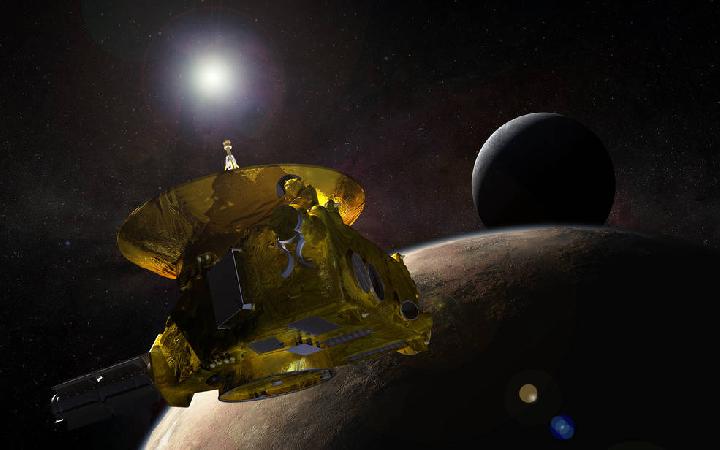
NASA's New Horizons spacecraft set off on a new hunt for moons in the solar system's most distant edge.










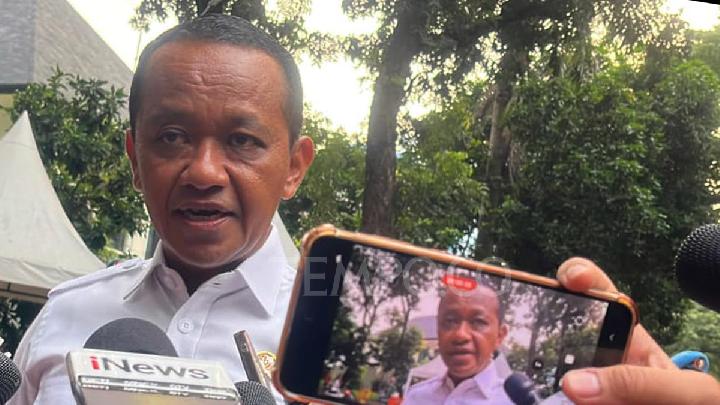

























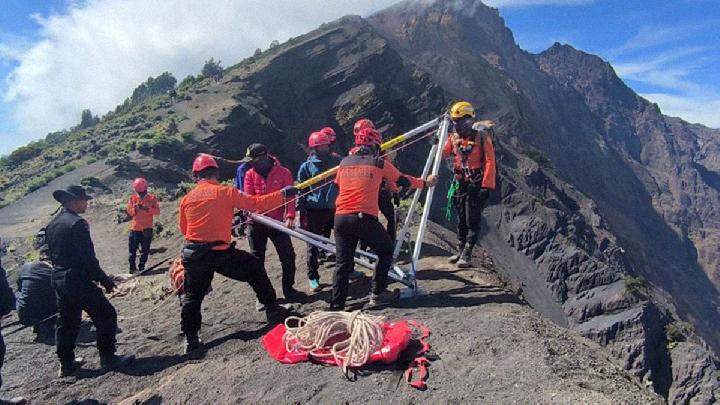


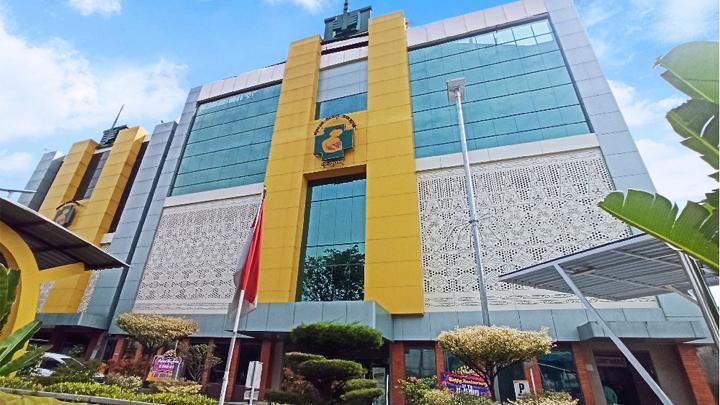
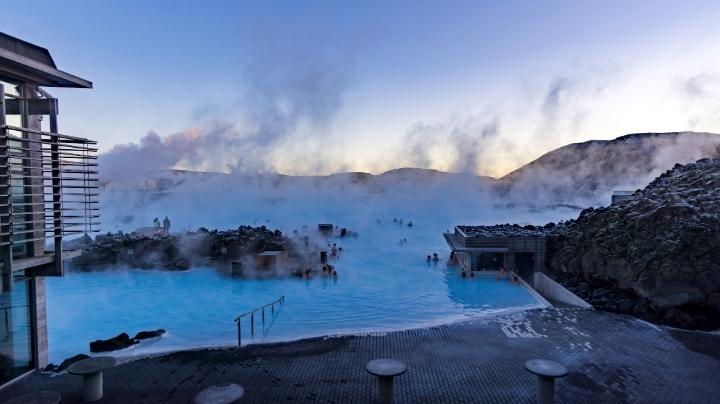

:strip_icc():format(jpeg)/kly-media-production/medias/1407603/original/079705400_1479294075-Ali_Khamenei.jpg)


:strip_icc():format(jpeg)/kly-media-production/medias/5258672/original/007662100_1750394658-18b4e792-fa49-48cf-b166-455eb3a3b632.jpg)
:strip_icc():format(jpeg)/kly-media-production/medias/4134468/original/062773800_1661335557-Makam-Mahligai-Barus-sumutprov.go.id_3.jpg)

:strip_icc():format(jpeg)/kly-media-production/medias/3657996/original/085161000_1639046078-minnie-zhou-0hiUWSi7jvs-unsplash__1_.jpg)

